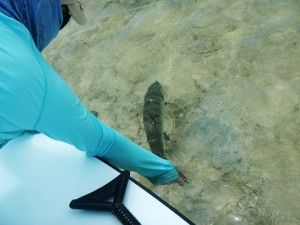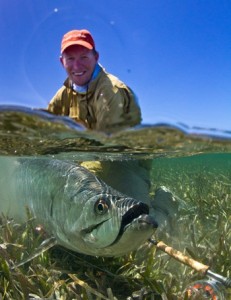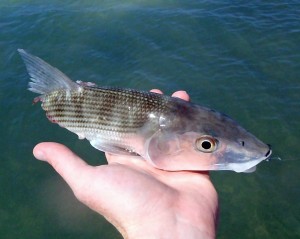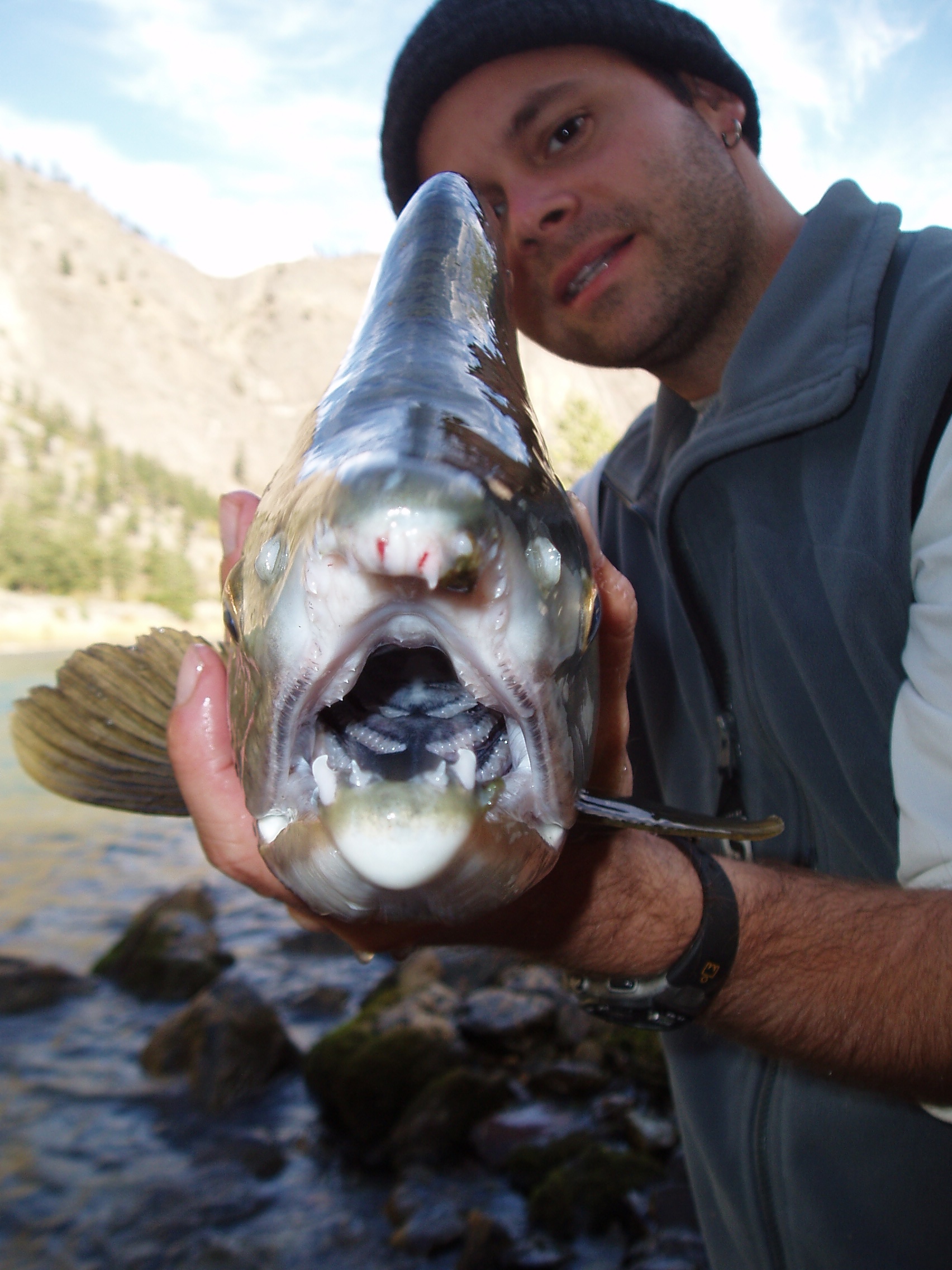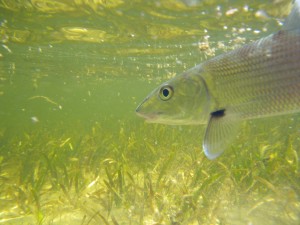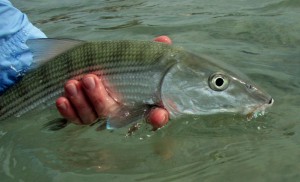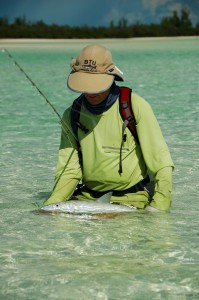You want your bonefish to live long and prosper after you release it? Well, here are some thoughts. You’ll notice I’m not immune from making bad decisions. I do, from time to time, but I want to be better. That’s the goal.
The risk to the fish by our poor actions is not insignificant. Here’s a post from years ago about that very thing.
For best results, the angler should minimize two things.
- Air Exposure – How long the fish is out of the water.
- Handling – How much you touch the bonefish.
This is important because when you release a bonefish back into the salt, there are other things waiting to eat them. They don’t get a chance to catch their breath or recover. A bonefish survives because it can swim faster, react quicker than the sharks and cuda’s trying to eat them and if they are impaired when you let them go they stand a decent chance of becoming food for one of those predators.
Here are the grades of handling for bonefish.
A+ Handling
You have hooked the fish and fought it to the boat. You admire the fish while it is in the water, still swimming, on the end of your line. You reach down with your pliers and simply pop the fly out of the fish’s mouth (since you are fishing barbless).
- Air Exposure = 0.
- Handling = 0.
(This is WAY easier to do after you’ve caught about 8 fish.)
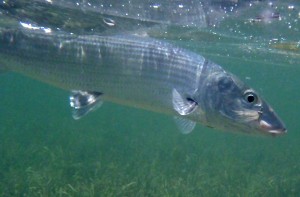
B+ Handling
You have hooked and fought a bonefish. Getting the fish to the boat you reach into the water and cradle the fish in your hands. Maybe you take a picture of the fish in the water, maybe even underwater. You unhook the fish and let it swim away.
- Air Exposure = 0.
- Handling = A little.
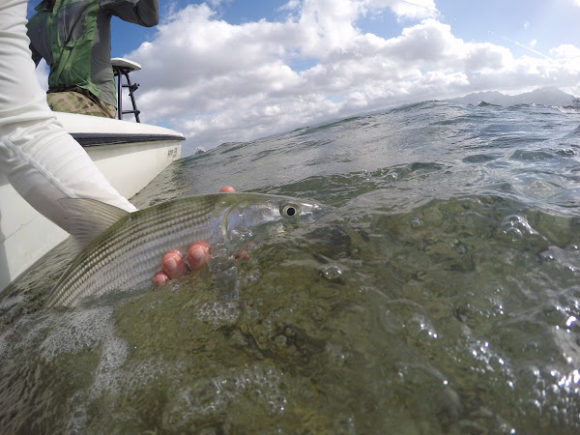
B Handling
You hook the fish, fight it in and you quickly bring the fish out of the water for a picture. The fish is out of the water for just a few seconds.
- Air Exposure = A little.
- Handling = Not that much.
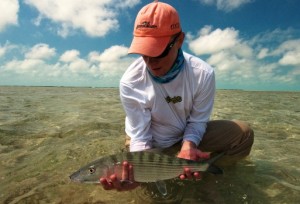
South Andros Bonefish. Photo by Andrew Bennett
D- Handling
You hook that fish and get it in. You bring the fish out of the water and hold it, mid-air, out of the water, maybe sitting in the middle of the boat, while your friend or your guide snap a bunch of pictures.
- Air Exposure = Too Much.
- Handling = Too Much.
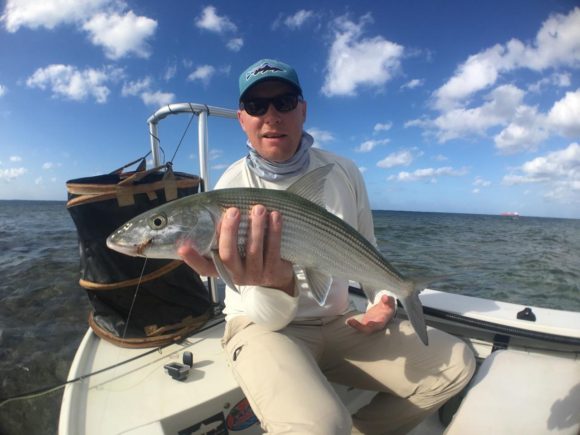
That’s an o’io.
F Handling
You hold that fish up with a boga, in the middle of the boat for a bunch of pictures.
- Air Exposure = Too Much.
- Handling = Way, Way, Way too much.

That green hat, my first decent bonefish and some horrible fish handling.
Here is what the Bonefish & Tarpon Trust has to say on the matter.
We all can do better. As I looked through my own pictures I was bummed to see my picture from Hawaii, just recently, that was poor handling. I think it was faster than it looked like, but I could have done better. It is harder to always be in the A camp. I think as long has you have an A- average, you are doing pretty damn well.
Other considerations you should keep in mind are to limit the duration of the fight (get that fish in as soon as you can) and never touch a bonefish with a dry hand (or dry anything).
It really is about education and the more we spread the word and encourage other anglers to learn about how to do things right, most will opt to do things right.

